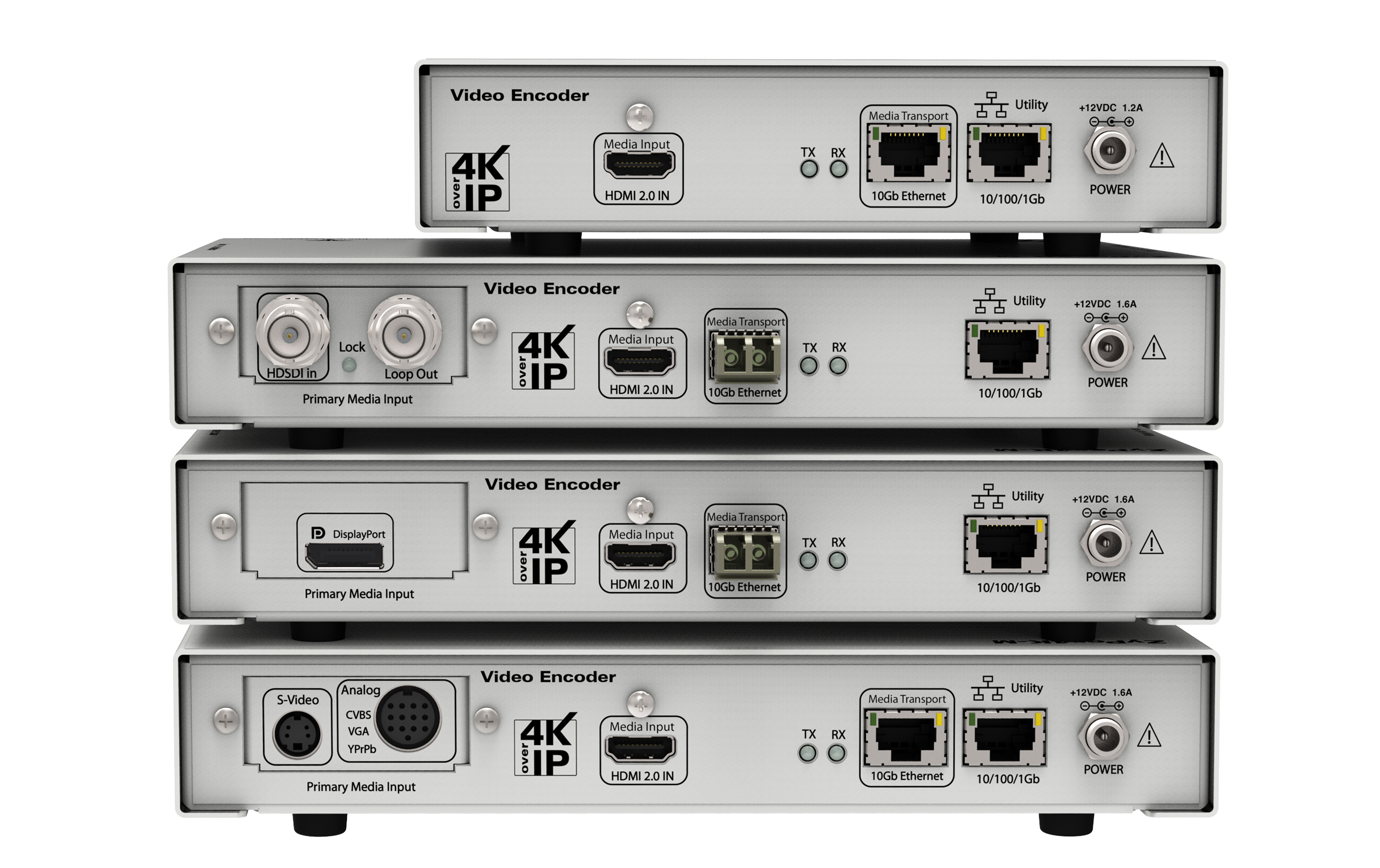Editor’s Note: The 1Gb vs 10Gb discussion is an ongoing conversation in the professional AV industry with many points of view. This column represents one voice in the conversation. Tech managers: do you have a different opinion? Are you using 10Gb? Please share your perspective with us by tweeting @AVTechnologyMag.

Professional AV integrators need to realize that the debate isn’t about 1Gb versus 10Gb; it’s really about the continued migration away from the matrix switch to a nonproprietary distribution platform utilizing standard Ethernet connections—and without giving up any of the advantages that HDBaseT originally offered, such as the ability to distribute uncompressed video with sub-millisecond latency.
In looking into customer requirements, one should always evaluate if there is an opportunity to utilize existing infrastructure, be it coax, category cable, fiber, or a wireless network. In previous magazine stories, it has been stated that Cat-5e is the most prevalent category cable infrastructure installed today. That may be true, but we need to recognize when and why the characteristics of that cable were deployed. The thinking at the time did not, and could not, take into account the present-day demands on network infrastructure, and while Cat-5e may be acceptable for some current applications—and therefore should be utilized where possible—it is difficult and almost impossible to see any instance where it would be installed today.
To create an AV-over-IP solution that delivers the same performance of a traditional matrix switch, the best interests of the customer are served with a 10Gb infrastructure, at minimum. In fact, in numerous conversations at the ISE exhibition, integrators and end users indicated new infrastructure deployments are moving rapidly to 40Gb. The point here is that choosing an old technology to deliver today’s (and tomorrow’s) AV applications just doesn’t make sense. This is clearly evident when looking at the applications already being deployed by integrators over 10Gb across multiple verticals that drive interactive displays in museums, video walls in large corporate environments, and real-time medical procedure observation at hospitals.
Some attention in the 1Gb versus 10Gb debate has also been focused around cost; the attention needs to be directed at the per-port cost differences between IP and HDbaseT. In larger deployments, IP-based solutions provide for a more cost-effective, flexible, and easier installation than HDbaseT.
As integrators, you have to consider all of the options that will meet your customer’s needs. At ZeeVee, we work closely with integrators and end users to ensure they understand the factors that will lead them to choose a 1Gb or 10Gb network for their AVoIP applications. Finding the right solution for each customer is the win-win scenario on which we’ve been successfully building our business for more than a decade.
Bob Michaels is president and CEO of ZeeVee, Inc.